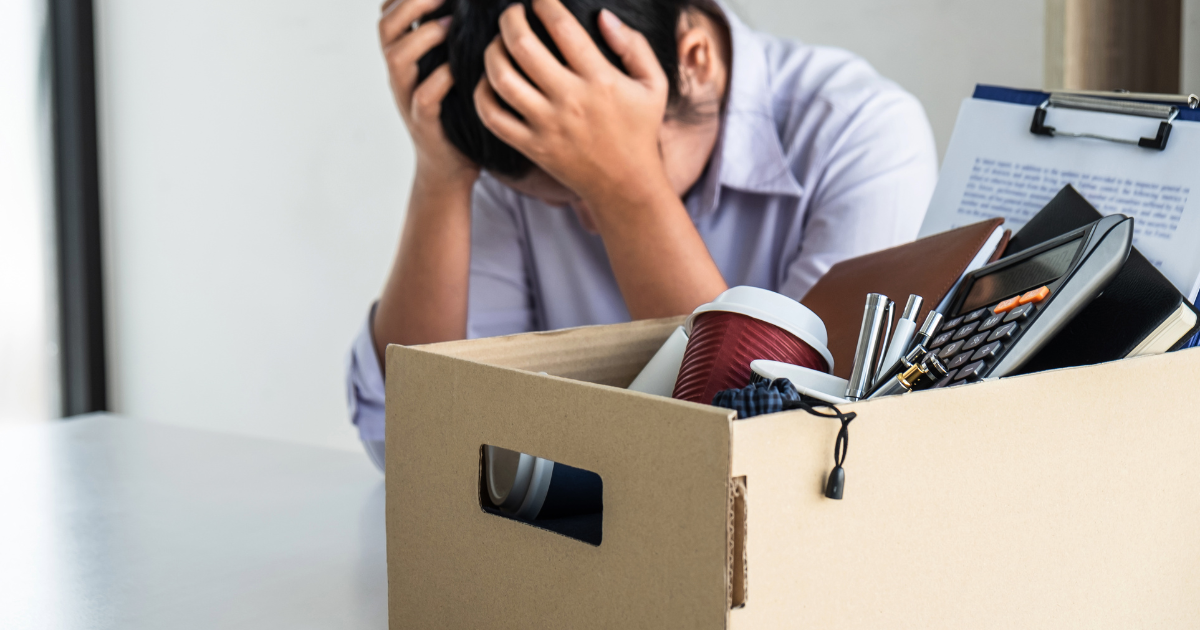Violence against healthcare employees is more common than most people realize. A staggering 75% of 25,000 assaults that take place annually in workplaces happen in the healthcare sector, and yet only a fraction of medical practitioners have reported such incidents. From needlestick injuries to felonious assault, it is an unfortunate reality that healthcare professionals must prepare for these incidents. Knowing the proper steps to take can be beneficial not just for you but it can also help appease the patient and their loved ones.
Remove yourself from the situation
When encountering patients or their family members who may not be agreeable, it’s best to be alert and prepare an escape route. Aggressive people preparing to assault you can be very unpredictable, so the first best course of action is to get away. If there’s no time to get away from your attacker, then protect yourself by grabbing their wrist as they move toward you. Use the momentum to pull them past you and run in the opposite direction.
Wash your wound thoroughly
Hypodermic needles are common items that attackers use in hospitals. If you sustained a wound while escaping, then your first priority should be to clean it thoroughly, as you may have been exposed to a bloodborne infectious disease. Carefully examine the wound with clean hands to check for any fragments, such as broken glass. Using sanitized tweezers and a magnifying glass, pull it out of the wound. Rinse it with soap and water, being careful not to apply soap directly to prevent irritation. Remove any remaining debris using the clean tweezers before patting the area dry with a clean cloth.
Get information and treatment
While applying an over-the-counter antibiotic cream can ward off most infections, getting information about your wound is essential to prevent other possible risks. The best course of action is to see an infectious disease specialist and have them assess and diagnose your wound. They may prescribe immunization shots, drug inhibitors that prevent viruses from replicating, or post-exposure prophylaxis. Don’t forget to do the proper aftercare when recovering from physical assault. If you’ve sustained a fracture or a sprain, then it is especially important for you to maintain good posture as much as possible. Ergonomic accessories are the best tools to help you with this, such as an ergonomic wrist rest or a wireless mouse. Using the right accessories will make your recovery period much easier.
Report the incident to authorities
Once you’ve been treated, it is essential to report the incident so that proper precautions can be set in place. More than half of needlestick injuries go unreported, especially if they result from assault. Getting legal support can ensure that you and other medical professionals are protected in the event that felonious assault occurs again. Detectives and district attorneys can help you file the corresponding charges, whether it’s for assault. It’s also important to get the support of authorities in your medical community to have safety measures in place to be prepared for such incidents.
Apart from the legal and technical aspects, getting support can also protect you from facing more physical and emotional exhaustion given the challenges of providing patients with proper care in today’s context.
Healthcare professionals go through many difficulties on a daily basis to serve people in need. By protecting their safety and needs, we can help safeguard both these essential professionals and the community.
Exclusively written for CMFGROUP.com
By: Raizel Jaime
Image link: https://unsplash.com/photos/t-WxNy6CMyU
Source: Unsplash



